
Get a Quote
Get a Quote and Find Services to Fit Your Needs 50000+ Satisfied Clients
5000+ Licenses & Registration
15 Branches across India
75 Years + Combined experience
Satisfied Clients
Services
Years Combined Experience
Get Started!

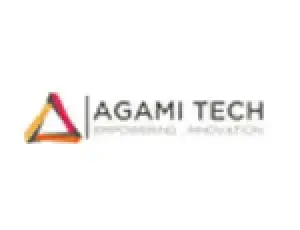



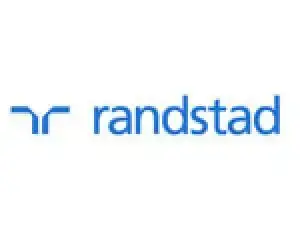

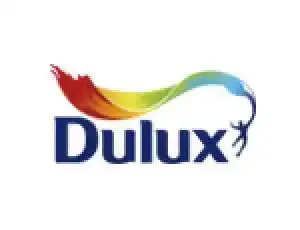



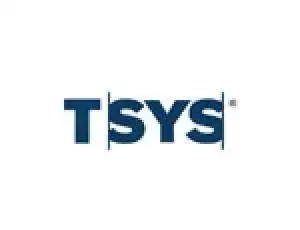


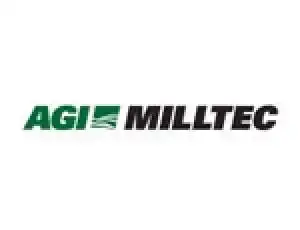
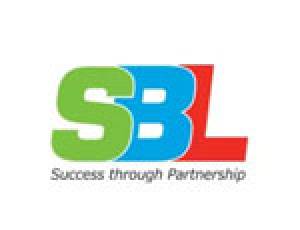

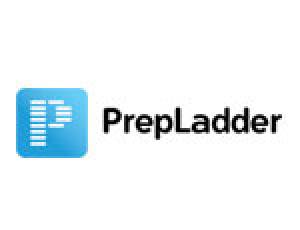



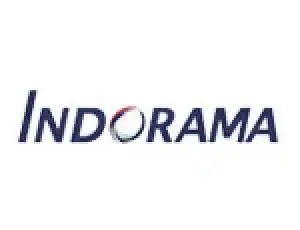

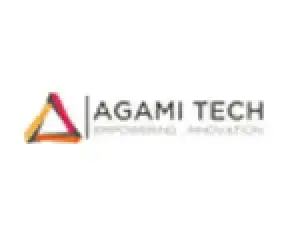
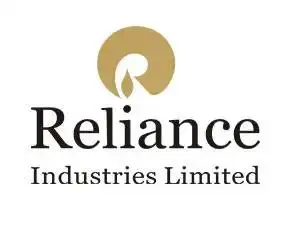
M2M Communication License is a DOT-issued permission to own and maintain the underlying network that enables machine-to-machine communication services.
M2M or Machine to Machine Learning is a system where interconnected systems communicate and exchange information. They do so to perform large-scale tasks without any human interference. It provides a level of precision that is held in the highest regard within the telecommunication sector of India.
Therefore, the Telecom Regulatory Authority of India recently drew regulations for Machine to Machine or the M2M service. The M2M authorization will be granted for one of the following three service categories:
The authorization category A shall grant the licensee permission to provide M2M communication services across India.
Category B of the authorization shall grant permission to the Licensee to provide M2M Communication services in one telecom service, i.e., one state or one metropolitan city.
Category C of the authorization shall grant permission to the Licensee to provide M2M Communication services in one Secondary Switching Area (SSA), i.e., one district.
The scope of the M2M communication license shall cover the following:
1. The Licensee will own the underlying network to provide connectivity facilities to M2M service providers.
2. The Licensee must exclusively provide the services via LPWAN or equivalent technologies using an unlicensed spectrum.
3. The Licensee must not provide any service that isn't covered under the M2M communication license scope.
4. Unified licensees with Access Service Authorization can provide M2M communication services without needing separate permission.
Services that M2M authorization holders are allowed to provide: The Department of Telecommunications authorizes M2M communication license holders to provide the following services:
1. Accessing and integrating resources provided by other service providers
2. Supporting and controlling the M2M/IoT infrastructure
3. Offering M2M/IoT capabilities, including network capabilities and resource exposure to other providers
The following are the technical and operating conditions that M2M licensees must adhere to:
To provide the services, licensees can deploy LPWAN networks in large geographical areas such as metropolitan cities, states, or throughout India based on market demand and business case.
If the Licensee is providing M2M Communication Access using Radio Access, he must adhere to the requisite instructions and must follow any directions DOT might issue from time to time.
The Licensee may establish transmission links within its service area to carry originating and terminating traffic. To facilitate this, the Licensee has the permission to establish "Last Mile" linkages within the service area either using radio communication, underground copper cable, or fiber optical cable. In the case of radio links, procedures should as per the Chapter VII of the license.
The Licensee has permission to share passive infrastructure with other M2M communication licensees. The infrastructure includes:
Sharing of active infrastructure with the other licensees shall be governed under the license conditions issued by TRAI from time to time.
The Licensee is permitted to use deployed technology to acquire customers for the delivery of services. While roaming on other licensees' networks, the subscriber shall only be able to access services it has subscribed to in its home network.
The Licensee can appoint or employ franchisees, agents, distributors, and employees to provide its services. However, the responsibility of adhering to the terms of the Licensee shall rest on the shoulders of the Licensee and not the franchisee. After entering into a franchisee agreement and initiating the franchisee, the Licensee must provide the details of that franchisee and report to the Licensor from time to time.
The Licensee has a permit to sell, hire, purchase, lease or rent M2M devices or equipment. The agreement between the Licensee and the subscriber will dictate the proper usage of those M2M devices and equipment.
The Licensee must ensure that the Quality of Service (QoS) is as per the licensor/TRAI. The Licensee must adhere to the QoS standards and then provide timely information to the Licensor. The Licensee must also follow the KYC (Know your Customer) guidelines that the TRAIN issues from time to time.
The Licensee must maintain records of all the customers of the M2M services. Here, the customers are the M2M subscribers with custody of M2M devices. The following details must be maintained in those records:
For all the M2M devices that are sold outside India having active subscriptions inside, the packaging/supporting/instructions leaflet should state, "This device has subscription inside."
The Licensee must furnish the requisite information in a quarterly report and submit it to the Licensor. The quarterly report must indicate details regarding M2M nodes or points of presence with their locations and numbers of M2M subscribers.
The M2M Communication Licensee has permission to establish direct interconnection with the network of other Unified licensees with the authorization to provide M2M services. The backend traffic that the LPWAN networks generate will be transported to the cloud or services. The Licensee may acquire bandwidth from other licensees to provide such connectivity.
For routing inter-circle traffic from one service to the next, the network of NLD licenses or a unified licensee having the authorization to provide NLD service shall be used. Routing International Long Distance traffic must be done through the network of NLD service providers to the ILD service provider's gateways for onward transmission to international networks.
The M2M licensee must maintain their subscribers' login and logout details for a minimum period of two years.
The M2M licensee must, for interception and monitoring of traffic, maintain all the packets originating from or terminating into M2M devices and provide the same to licensor/security agencies.
To provide M2M services in areas near the International Border of India, areas falling within 10 Kms of the Line of Control, areas in Line of Action Control, and areas in the International Border between Akhnoor in J&K and Pathankot, the Licensee must get prior approval from the Local Army Authorities for the specific locations of the Base Stations and inform the Licensor, the LSA Field unit of DOT on a priority basis.
The Licensor, its representatives, or Army Authorities have the right to inspect any base stations or equipment the Licensee sets to provide M2M services. Furthermore, suppose the authorities require the Licensee to shut down the base stations and other M2M service-providing equipment during the rime or emergency. In that case, the Licensee must comply with that order.
The Licensor, Army representatives, or Security Agencies can conduct periodic surprise checks of the Licensee's M2M service equipment, Base Stations, and others. If a violation is detected, the Licensee will be penalized as per the provisions of the license agreement.
The designated person, the Central or State Government, the Licensor, or its nominee has the right to monitor telecommunication traffic in every M2M point in the network set up by the Licensee.
The documents required by the applicant to procure an M2M communication license are as follows:
The procedure that must be followed to obtain the M2M communication license entails the following steps:
Registrationwala is a team of telecom consultants well-versed in telecommunication license and registration processes. They expedite that expertise to provide the following services to clients who wish to establish themselves in the telecommunication domain:
Q1. What is an M2M Communication License?
A. M2M Communication License is a DOT-issued permission to own and maintain the underlying network that enables machine-to-machine communication services.
Q2. What are the different categories of M2M Communication License?
A. The M2M authorization will be granted for one of the following three service categories:
1. Category A: Providing M2M services on a national scale
2. Category B: Providing M2M services within one telecom circle (state or metropolitan area)
3. Category C: Providing M2M services within one SSA (Secondary Switching Area)
Q3. How does M2M Communication Work?
A. M2M Systems use P2P communication between sensors, hardware, and machines to fulfill a task.
Q4. is the M2M authorization holder required to maintain all subscribers' login and logout details?
A. Yes, as per the security conductions of the license agreement, the M2M Communication license holder must monitor and maintain a record of all subscribers' login and logout details.
Q5. Can I set up my M2M service station on the international border?
A. Yes, licensees have the permission to set up M2M service stations on the international border on the following conditions:
1. Prior approval of Army authorities and the Licensor is mandatory.
2. The Licensee must agree to periodic surprise inspections of their Base Stations.
Q6. Do Unified Licensees holding Access Service Authorizations require an M2M Communication License?
A. No. Holders of Unified License holding Access Service Authorization do not require a separate authorization to provide M2M Communication services in India.

★ ★ ★ ★ ★
I very much appreciate the fact that you guys possess tremendous knowhow of private limited company incorporation. You have exhibited professional and respectful manner towards my query and I would seriously recommend you guys to all the folks looking for outstanding business services.

★ ★ ★ ★ ★
Thanks to their support, I got my trademark successfully. I highly recommend their services for anyone needing help with their intellectual property. The person assigned to me was very cooperative and helpful.

★ ★ ★ ★ ★
Thanks to their support ragistrationwala team, I got my IP-1 license successfully and special thanks to Miss.Kanishka for your great and timing support !!!!!! I have archived my goal one step forward... Thanks for the entire team....

★ ★ ★ ★ ★
Really helped a lot in getting my both VNO licenses. Great experience working with the team and very humble team, thanks for providing the vno license on time.

★ ★ ★ ★ ★
I had a good time working with Registrationwala. Good team. I would recommend their services to others.

★ ★ ★ ★ ★
It was extremely great service of Registrationwala consulting firm, and this firm is providing the best services and worry about the client's required services along the client's satisfaction.

★ ★ ★ ★ ★
Superb Experince! Within no time the trademark registration was on.Highly professional team. I am very much Impressed with the prompt response and efficiency.Thank you.

★ ★ ★ ★ ★
We had taken ISP license from registration wala and the supporting person is very helpful to taken that license his communication and his work is satisfactory and thanks for those services

★ ★ ★ ★ ★
I sincerely appreciate your prompt support in helping me get the access license so quickly. Your professionalism and efficiency are truly commendable. Thank you for going above and beyond to assist me. Keep up the great work!